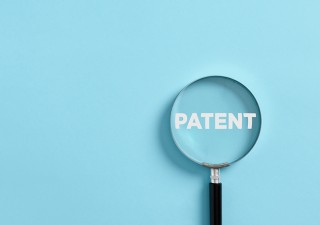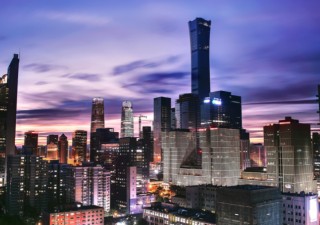Pritzker Architecture Prize winner Zaha Hadid is a well-known, London based architect whose work is famous in countries including China. Her designs include schools and studios across the country; her upcoming project is the Wangjing SOHO complex in Beijing, along with 10 more projects she is designing.
The Wangjing SOHO consists of three towers that resemble curved sails, sculpted in stone and etched with wave-like aluminium bands, which appear to swim across the surface of the Earth when viewed from the air.
The appeal of her experimental architecture has ignited the copying passion from other architects; a similar structure is being built in Chongqing, a city near the eastern edge of the Tibetan plateau, by developer Chongqing Meiquan.
“Even as we build one of Zaha’s projects, it is being replicated in Chongqing,” said Zhang Xin, the developer who heads SOHO China and commissioned Hadid to design the Wangjing SOHO, during the Galaxy Soho complex opening in October 2012.
However, “building designs, models and photos are all subject to the protection of the copyright laws in China,” Wang Yadong, managing partner at Run Ming Law Office in Beijing, tells Asia IP. “Of course in requesting protection for architectural works, such work should possess originality and rich, visual beauty.”
Chongqing Meiquan denied the allegations on its blog, claiming that its design was not a copy, but an improvement inspired by Hadid’s design. “Never meant to copy, only want to surpass,” the architectural firm said.
While the initial completion date for the Wangjing SOHO is set for 2014, Hadid is now being forced to complete it earlier to compete with the Chongqing 22nd Century.
Hadid’s firm has alleged that pirates may have stolen computer files of her project. “It is possible that the Chongqing pirates got hold of some digital files or renderings of the project,” Satoshi Ohashi, project director at Zaha Hadid Architects for the Wangjing SOHO told the German news website Spiegel International. With the files, “you could work out a similar building if you are technically capable, but this would only be a rough simulation of the architecture,” he added.
As both projects are under construction with little information available to the public, it is too early to predict the outcome of the case, Wang says. “Moreover, there is no indication that the case has entered into the litigation phase,” he says.
Wang notes that there has been an increase in architecture copyright violation recently. “Porsche AG v. TechArt China was included in 2008 top 10 IP cases by the Supreme Court and is one of the cases involving infringement of architecture copyright,” he says. “In the case, the trial court decided to support the plaintiff, Porsche, and ordered the defendant, TechArt China, to alter its building so that its main parts would bear no resemblance to that of the plaintiff’s. The Supreme Court believed that this ruling could effectively combat architecture copyright violations in the future.”
In other architecture copyright infringements, Chinese courts generally order the violator to bear civil liability including ceasing its infringing behaviour and paying compensations to plaintiffs, he says. But whether the court will decide to tear a building down if it is too similar to another, the court will consider the following characteristics: “First, is it necessary; second, is it a serious violation; and third, will the removal cause any unnecessary losses.”







